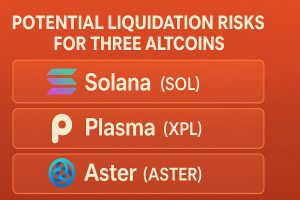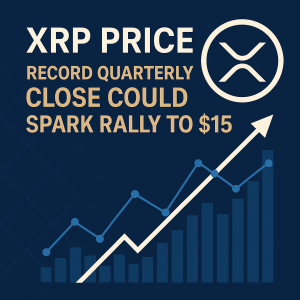Ethereum has recently experienced a surge in sell-pressure, reaching a staggering $419 million, which marks the second-highest level ever recorded in the cryptocurrency’s history.
This sharp increase in sell-off activity suggests significant market caution among traders and investors, possibly foreshadowing a market top or a potential correction phase for ETH.
Historically, such high levels of sell-pressure have often been associated with periods of market reversal or consolidation, particularly after a strong rally, which Ethereum has been experiencing over recent weeks.
The implications of this surge are far-reaching, affecting a broad spectrum of market participants from retail traders to institutional investors. The heightened sell-off could lead to increased volatility in ETH prices, with potential downside risks if the selling accelerates.
Market analysts are closely monitoring Ethereum’s price movements and trading volumes, with some suggesting that this might be a sign of profit-taking or a response to broader macroeconomic factors impacting cryptocurrencies.
Looking ahead, investors should keep an eye on upcoming market signals, including other technical indicators and macroeconomic events, which could influence Ethereum’s price trajectory and overall market stability.
What does high sell-pressure indicate for Ethereum’s future?
High sell-pressure often signals traders are taking profits or reacting to market uncertainties, which can lead to price corrections or increased volatility.
How might this affect other cryptocurrencies?
Significant sell-pressure on Ethereum could spill over into other altcoins, especially those closely correlated with ETH, leading to broader market declines.
What should investors do during periods of high sell-pressure?
Investors should consider reassessing their risk exposure, possibly reducing leverage or taking profits, while closely monitoring technical signals for potential entry or exit points.







